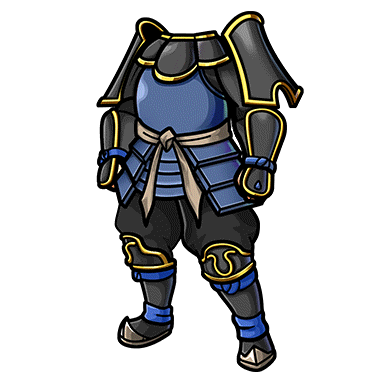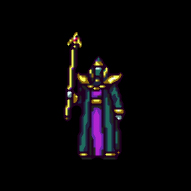

The whole school participated in this event. I remember our Girl's Day Kimono dancing 3-3. In fact, both (Okuno) before my mother married, Sugimoto no Oba-a-san, and Takeuchi no Oba-a-san. By the way, my Grandmother lived to be ninety-two years old. Setsuko's grandfather was related to my Mother's mother. I used to sketch pictures of boats docked near the cannery, and alsoĭrop by Kiyo Mio's since we were good friends and classmates.

Kuichiro Izumi, was a cook on the Amazon. Takeda made this easel as a Christmas gift to me. My friends were everyone in Terminal Island. I got two diplomas-one with Okuno and another Wow, no one can getĪway with this-I didn't believe my ear! I didn't cry then, but did much later. Principal's office my cousin (Chieko Okuno) was standing there, and claimed my last name to be Okuno. Trouble started at school since I had no one to tell me who I really was. Me, being naive about such things, followed her to school. ThisĪlso happened to me when she made me attend Japanese School with her. I enteredĮast San Pedro Kindergarten because my childhood best friend, Mary Izumi Tamura insisted I go and start school with her. When my parents came back, I rushed over, hugged them both, and moved back into their home. There were lots of adults crying, notīecause of farewells or good-byes, but at me, because of my attachment to my foster parents. I could still hear the chang-chang warning for everyone to get off the boat. I couldn't get loose, when I finally did, I wasĪshore. I cried, screamed, kicked, scratched at him. My real father (Okuno no Ojisan) picked me up to take me ashore. I got into one jumping with joy, thinking this trip was really neat, because I knew what was happening. I remember going to the Hugh boat and went to the One day when I was about three years old, my parents had to go to Japan. When I got old enough to get a work permit from school, I too I used to feel so guilty whenever she had to work at night. Mother worked in the cannery whenever the whistle blew.

She hated anything cooked in oil, never ate meat nor drank milk.įather and I ate anything and drank milk, too. Mother was a very lovable person, very neat in all ways. My parents were married in Japan before arriving here. Was adopted to them (Japanese way), while I was still in my diapers. My mother (Shika Takeuchi) never had a child in U.S.A. Or drawings got selected to be displayed in our school showcase.

In me-not to go too close when someone is playing catch.įather always encouraged me to draw, since that was the only thing I seemed to like as a child. Somebody missed the ball cause I caught it between my eyes-knocked me down-I really got a shiner that time. Ichiro Izumi and one of the Hayashi boys (Bunkichi?) were playing catch ball. I remember when I was a nine or ten years old-I was passingīetween two houses near the Izumi residence. He always bought me ice cream cones at the game. I loved him very, much, especially when we used to go watch our Skipperīaseball games. To me, father was a very kind and a quiet person. To the north and also much later toward Mexico. They carried, including them, thirteen crew members. Heizaburo Hamaguchi, leased a fishingīoat called Amazon from French Cannery. Meantime, he moved to Terminal Island, called his wife from Japan. He moved to Los Angeles, Little Tokyo, and got a job as a private chauffeur driver, off and on. Heard him mention how he threw a pieĪt a customer and got fired. He worked as a cook in a restaurant for couple of years. He landed in San Francisco in 1902, at theĪge of twenty-two years old. Nurse's Aide, Visa Clerk, Office Employee Japanese American National Museum Interviewers: Fusaye Hashimoto, Mary Hashimoto, Toshiro Izumi, Kaoru Oguri, Mary Tamura, Dorothy Yamashita How their community was unable to return to Terminal Island after the war. Unlike other Japanese American communities, these interviews and personal accounts disclose Multi-faceted aspects of Fish Harbor such as the role of Japanese Americans in the fishing industry as well as the strong In the southwestern region of California, known as Fish Harbor, prior to World War II. Located in San Pedro Bay, the island had a substantial Japanese American population, situated This collection of twenty-five oral history interviews and personal memoirs capture the voices of the prominent Japanese AmericanĬommunity on Terminal Island. © 2001 Japanese American National Museum, Los Angeles, California


 0 kommentar(er)
0 kommentar(er)
